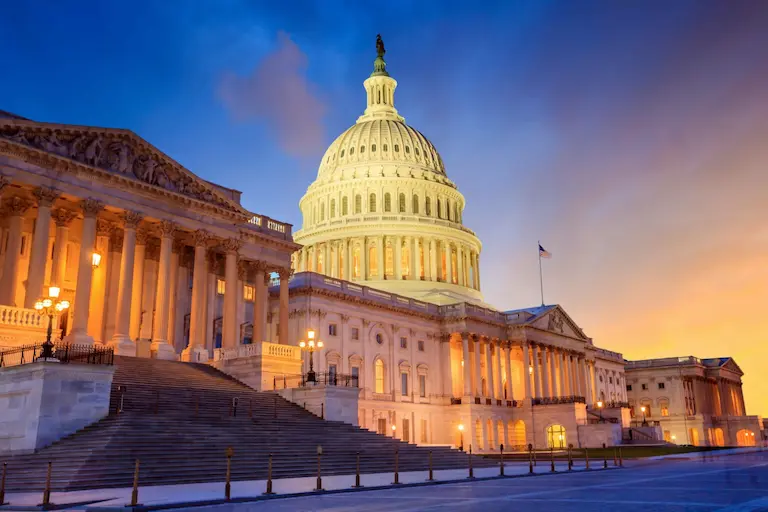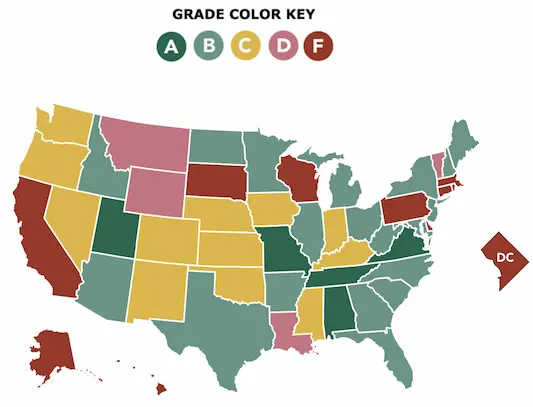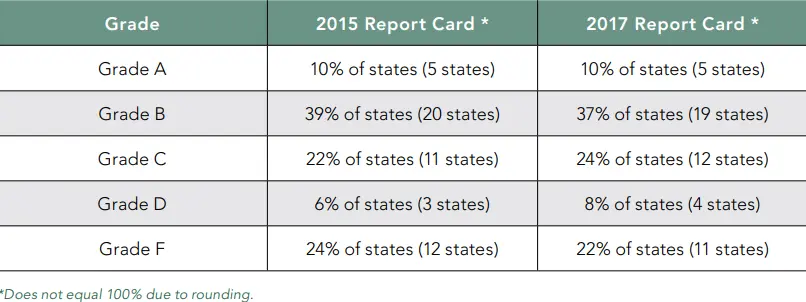Through +ACTion, the Fluid Ice Foundation is spreading awareness about essential financial inclusion public policies in the US.
The financial inclusion gap has always been existent, and the COVID-19 pandemic further highlighted these disparities, as many people relied on digital payments, credit cards, and other financial tools, which many of the un/underbanked did not have access to. It is essential for both policymakers and the business community to work together to address challenges and impediments to reaching the underserved communities, and bring combined perspectives on community needs and impact through public policies. As part of our digital advocacy efforts, we have identified key/illustrative public policies in the US for financial inclusion, that you can learn more about to help improve and support financial inclusion.















 Raj Mehta – Financial Education Instructor
Raj Mehta – Financial Education Instructor